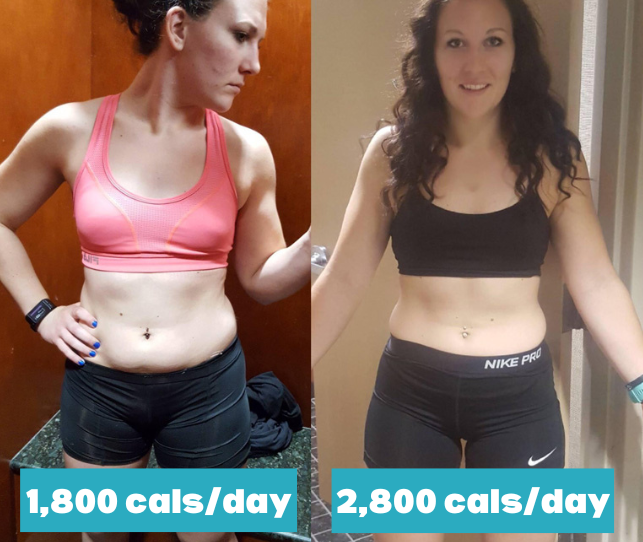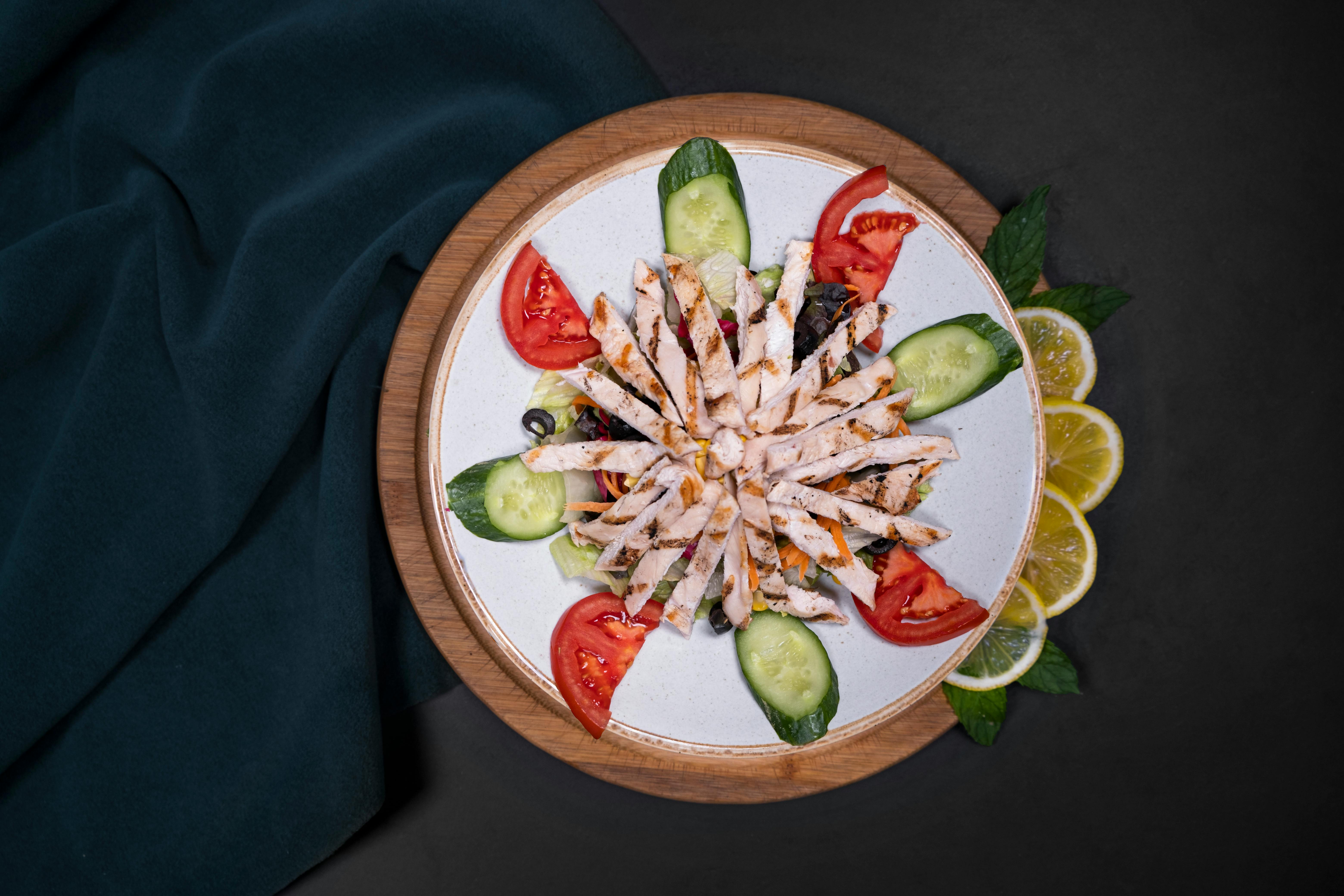
Apply Now


Effective Ways to Manage Lipedema Diet for Better Results in 2025
Managing lipedema effectively requires a tailored approach that emphasizes dietary changes. The lipedema diet focuses on foods that can help alleviate symptoms and promote overall wellness. This article will provide insights into managing lipedema through nutrition, while exploring the benefits of an anti-inflammatory diet and other essential dietary changes. We will delve into recommended foods, practical meal prep ideas, and lifestyles adjustments that support a balanced approach to managing lipedema. Understanding the impact of diet on lipedema is crucial, as the right nutrition can alleviate symptoms and optimize treatment outcomes. Many individuals with lipedema struggle with weight management and chronic pain, making dietary choices even more important. This article will introduce effective strategies for incorporating anti-inflammatory foods, healthy fats, and nutrient-dense options into your daily meals. As we navigate through the complexities of lipedema treatment, remember that it is more than just adherence to a specific diet. It’s about embracing a holistic approach that caters to your unique needs. This guide aims to empower you with knowledge and practical tips, helping you become more informed about your dietary choices while fostering a supportive routine.Understanding Lipedema Symptoms and Their Connection to Diet
Lipedema manifests through a range of symptoms, including disproportionate fat distribution, swelling, and tenderness in the legs and arms. These symptoms can severely impact your quality of life and mental health. Research indicates that dietary choices play a significant role in the management of these symptoms. We know that lipedema is not just a cosmetic concern but a complex health condition often intertwined with hormonal and genetic factors. Adjusting your diet can help alleviate some discomfort. Anti-inflammatory foods, rich in antioxidants, can assist in reducing pain and swelling associated with lipedema. Foods like fatty fish, rich in omega-3 fatty acids, have been shown to support lymphatic health, enhancing blood circulation and reducing inflammation. Incorporating a variety of colorful fruits and vegetables nutrient-rich foods not only offers vitamins and minerals but also adds the necessary dietary fiber. Fiber plays a crucial role in maintaining digestive health while aiding in weight management. Awareness of dietary triggers, such as excessive sodium or processed sugars, is essential, as these can exacerbate symptoms.Recommended Foods for a Lipedema Diet Plan
Crafting a lipedema diet plan involves selecting foods that combat inflammation and promote healthy weight management. Incorporating gluten-free options can be beneficial for those sensitive to gluten, which can contribute to bloating and other digestive issues. Key sources of protein are invaluable for a balanced diet. Opt for lean meats, fish, legumes, and plant-based proteins for optimal health. Essential fatty acids play a critical role, so including sources like walnuts, flaxseeds, and avocados can enhance your meal's nutritional profile while promoting satiety. Fruits such as berries, cherries, and citrus are excellent choices due to their high antioxidant content. Leafy greens, sweet potatoes, and cruciferous vegetables are also recommended for their anti-inflammatory properties. Additionally, consider incorporating fermented foods like yogurt or sauerkraut to support gut health, further improving the body’s response to dietary changes. Maintaining portion control is essential, as overeating—even healthy foods—can lead to undesired weight gain. Establishing clear goals around portion sizes can significantly impact overall success in managing lipedema and sustaining energy levels.Meal Prep for Lipedema: Easy Strategies for Success
With a proper understanding of which foods to include, let’s explore meal prep strategies tailored for individuals managing lipedema. Preparing meals ahead of time can reduce stress and ensure you're consistently consuming nourishing foods. Start by creating an inventory of your favorite lipedema-friendly recipes to diversify your meals throughout the week. Having a collection of lipedema recipes handy can simplify meal preparation and keep you on track with your dietary goals. It's crucial to incorporate a variety of vegetables and healthy fats into your meals. For example, a stir-fry with an assortment of brightly colored vegetables and a source of protein, drizzled with olive oil or topped with avocado, makes for an incredibly nutritious and satisfying dish. Planning simple snacks is also essential. Consider options like fresh fruits or a handful of nuts. Having these at the ready will prevent you from reaching for less healthy choices. Make hydration a priority—drinking plenty of water can reduce swelling and support metabolic functions throughout your day. Experiment with cooking methods that focus on preserving nutrients. Grilling, steaming, and roasting can enhance flavor while ensuring that your meals are both healthy and delicious. Remember, the key to successful meal preparation is planning, but also enjoying the process and experimenting with flavors and new ingredients.Incorporating Anti-Inflammatory Foods into Your Diet
The benefits of anti-inflammatory foods can’t be overstated, especially for managing lipedema symptoms. Research suggests that chronic inflammation plays a pivotal role in the development and progression of lipedema. By emphasizing these foods in your diet, you can help control inflammation, thus influencing your experience with the condition. Foods rich in omega-3 fatty acids, such as salmon, sardines, and chia seeds, are excellent additions to your lipedema diet. These healthy fats combat inflammation and enhance cardiovascular health. Similarly, utilizing cooking oils like olive oil and avocado oil provides beneficial nutrients while adding flavor to your dishes. Antioxidant-rich foods like turmeric, ginger, and various herbs can also contribute positively. Incorporating these into your meals allows you to double down on the health benefits. A golden milk latte with turmeric or an anti-inflammatory smoothie with ginger can be delicious ways to include these ingredients. Maintaining a consistently anti-inflammatory focus in your diet will not only have a cumulative effect but will also contribute to your overall mental and physical well-being. Utilizing sugar alternatives like honey or stevia can help sweeten your meals without exacerbating inflammation.Lifestyle Changes to Complement Your Lipedema Diet
While focusing heavily on diet is crucial for managing lipedema, lifestyle changes significantly complement your efforts. Regular physical activity tailored to your abilities can aid in weight management and improve lymphatic health. Incorporating gentle activities like swimming, walking, or yoga can promote circulation and alleviate symptoms. Discovering a supportive community through wellness groups can also enhance your journey. Sharing experiences with others who understand the challenges of lipedema fosters emotional and mental support during the weight loss journey. Explore techniques such as mindful eating, which focuses on listening to your body’s hunger cues and recognizing emotional triggers that may lead to unhealthy eating choices. Small, daily mindfulness practices may prove beneficial in staying attuned to your diet and improving your relationship with food. Lastly, maintain regular check-ins with healthcare professionals who can provide tailored advice regarding your specific needs. Professional recommendations may include dietary supplements that foster lipedema management or may help counteract specific nutrient deficiencies. Incorporating dietary changes and lifestyle interjections can create a nourishing and fulfilling pathway for managing lipedema.
